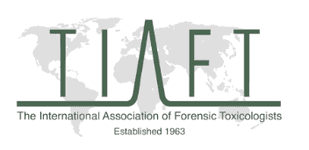TIAFT 2025 Committee
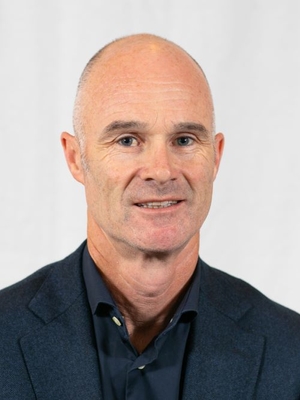
Matthew HoskingMeeting Chair
I’ve worked across a number of roles in PHF Science within Toxicology and currently manage the groups that deliver these services to all of New Zealand. PHF Science provides analyses that underpin investigations relating to drivers for both Drugs and Alcohol as well as Coronial and Criminal Toxicology. I am currently the Vice President of FACTA, and this alongside my PHF Science role, I fulfil the role of Chair the Organising Committee for TIAFT 2025. It’s a privilege to be able to bring TIAFT to New Zealand and Auckland in 2025. Honouring the legacy of TIAFT and the conferences past is something that as an Organising Committee, we want to do and maintain standards that the members have come to expect. Showcasing what New Zealand has to offer and its natural beauty alongside delivering a top-class programme is what we hope to provide. We are looking forward to welcoming you to Aotearoa New Zealand. Whether it be exploring Auckland, a bite to eat at the Viaduct Basin as you watch the boats, a walk across the Harbour Bridge or taking a ferry to Waiheke Island or travelling throughout New Zealand to places like Queenstown, Taupo or my neck of the woods, Wellington and sampling the cuisine, experiencing the culture and taking in the sights, there is something for everyone.
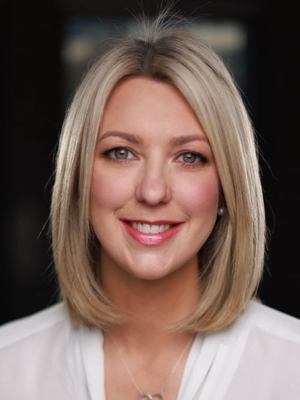
Jennifer Schumann
Associate Professor Jennifer Schumann is Head of the Drug Intelligence Unit at the Victorian Institute of Forensic Medicine and Monash University’s Department of Forensic Medicine. She is a forensic pharmacologist and toxicologist, with over two decades of experience interpreting the involvement of alcohol and other drugs in death. Jennifer is an Associate Investigator and Public Health Lead on the NHMRC funded project, the Emerging Drugs Network of Australia (EDNA), and Forensic Lead on the state-based project, EDNA-Vic (EDNAV). Jennifer led the world’s first research program on coward punch assaults in partnership with the Stop the Coward Punch Campaign, which was instrumental in changing Australian legislation. Her work was also pivotal in the 2018 rescheduling of codeine to prescription-only. She has published extensively, presented her research throughout the world, and received a number of awards and travel grants in recognition of her work, including a prestigious 2019 Churchill Fellowship. In 2014, Jennifer was a visiting postdoctoral researcher at the Karolinska Institute and National Board of Forensic Medicine, Sweden, and the French National Institute of Health and Medical Research in Paris, supported by a Victoria Fellowship. Jennifer is Editor of The International Association of Forensic Toxicologists (TIAFT) Bulletin, on the Board of Directors for Stop the Coward Punch foundation, an Adviser for Pill Testing Australia, and Chair of the FACTA Drug Checking Committee. Her research has stimulated public debate, engaged media and been directly responsible for changes in Australian policy and practice.
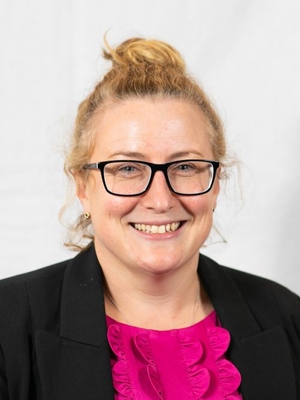
Michaela Kenneally
Michaela is a Senior Forensic Scientist within the Toxicology department of Forensic Science South Australia where she has been employed since 2006. She holds a Bachelor of Technology (Forensic and Analytical Chemistry) and Bachelor of Science (Honours) from Flinders University and is an approved analyst under the Road Traffic Act of South Australia. Michaela has presented evidence in District and Magistrate’s courts and given lectures on forensic toxicology to South Australian Police, external clients and the public. Michaela has interests in post-mortem toxicology, particularly in relation to child death, and in the use of hair testing as evidence of drug exposure. She has presented at international conferences and supervised post-graduate students undertaking novel and applied research. Michaela has published in and peer-reviewed for scientific journals. Michaela is the current treasurer of Forensic and Clinical Toxicology Association (FACTA), secretary of The International Association of Forensic Toxicologists (TIAFT) Continuing Education Committee and on the editorial board of the Forensic Science, Medicine and Pathology journal. She is also a member of the Australian and New Zealand Forensic Science Society (ANZFSS) and the Society of Hair Testing (SOHT).
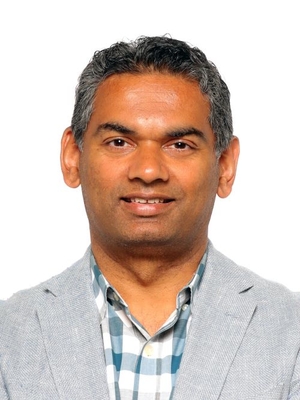
Naren GunjaClinical & Forensic Toxicologist
Western Sydney Health
Prof. Naren Gunja is a medical toxicologist at Western Sydney, managing patients with poisoning and envenomation. He has published extensively in toxicology and provides consultation advice at the Australian Poisons Information Centre. After completing a masters in forensic toxicology at the University of Florida, his consultancy specialises in post-mortem interpretation, recreational substances and drug impairment. Dr. Gunja is Clinical Professor at Sydney Medical School teaching in pharmacology, medication safety and electronic prescribing.
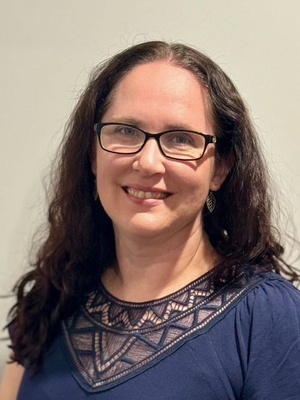
Amanda ThompsonSupervising Chemist
Forensic Toxicology, Queensland Health Forensic & Scientific Services
Amanda holds a Masters in Forensic Sciences from University of Canberra, as well as a Bachelor of Science (Hons) and Bachelor of Technology (Forensic & Analytical Chemistry) from Flinders University. Amanda started her career in 2004 in the Forensic Toxicology laboratory at Forensic Science South Australia before moving north to Brisbane in 2011. She is currently the team leader of the Police Support stream and is responsible for overseeing the laboratory’s drugs in driving and miscellaneous police toxicology work. Amanda is also part of the Emerging Drugs Network of Australia project, which is a nationwide toxicovigilance program. Amanda’s main areas of interest include hair testing, emerging drugs, drug alerts, and method development and validation. She has presented at several FACTA meetings and has published in peer reviewed scientific journals. Amanda has been a member of The International Association of Forensic Toxicologists (TIAFT) for many years, and is currently on the board of FACTA. She is also a member of the Australian and New Zealand Forensic Science Society (ANZFSS), and the Society of Hair Testing (SOHT).
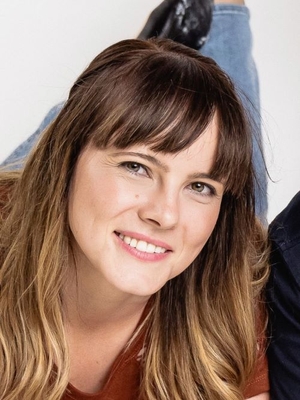
Sam Joubert
Samantha holds a Masters in Forensic Sciences from Western Sydney University, as well as a Bachelor in Forensic Biology and Toxicology and Bachelor in Biomedical and Molecular Science from Murdoch University. She has experience in both clinical and forensic toxicology, working as a forensic toxicologist at the Victorian Institute of Forensic Medicine before moving to Melbourne Pathology in 2022 to develop LCMS methods for their clinical toxicology laboratory. Samantha has presented at several FACTA meetings, as well as a TIAFT meeting. She is an Approved Analyst under the Victorian Road Safety Act and is also a member of The International Association of Forensic Toxicologists (TIAFT). Her interests include LCMS method development and validation, hair testing, novel psychoactive substances, post-mortem and clinical toxicology. Samantha is currently the editor of the FACTA newsletter and managing the FACTA Social media LinkedIn and Facebook discussion group.
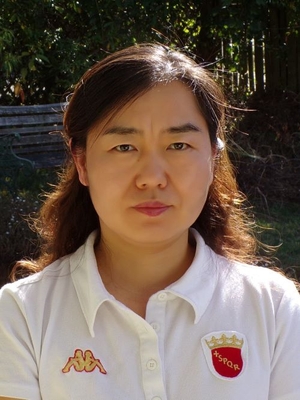
Dongbo FearnSenior Scientist
My name is Dr Dongbo Fearn. I was born in Northeast of China. I received my first degree in Jinan University of China and completed my PhD of Chemistry in University of Manchester. I have been member of TIAFT since 2019. I am a senior scientist from the forensic bioanalysis team in PHF Science. My work mainly focuses on toxicology drug screening method development and instrumentation of GC-MS, LC-MS/MS and LC-TOF-MS/MS. Outside of work, I enjoy reading and playing badminton.
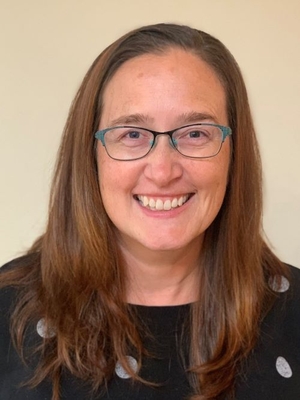
Rosy Moar
I am a Forensic Toxicologist at PHF Science in New Zealand, with side-speciality in high-risk chemicals. PHF Science analyses all the coronial and criminal toxicology samples, as well as testing all driver samples for alcohol and drugs for the whole country. This means our work portfolio is diverse, with a great mix of simple and challenging cases to manage. I have worked for PHF Science in both laboratory and reporting roles for more than 17 years. I became interested in forensic science, when as a teenager I sneakily watched the TV show McCallum. We are excited to bring TIAFT to New Zealand for the first time. It will be a great opportunity to mix science with collaboration and adventure. Some of my favourite places to explore in Aotearoa New Zealand are: - Patuna Chasm and Ruakokopatuna Glow Worm Caves in Wairarapa - Te Paki sand dunes and swimming in the ocean in Northland - Watching dolphins frolic in Doubtful Sound, Fiordland. Haere mai!
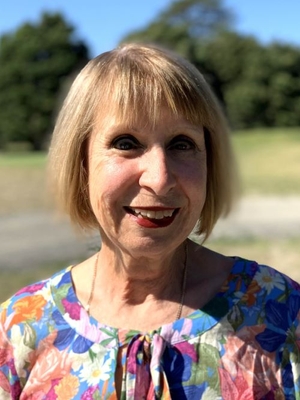
Diana Kappatos
I am a forensic toxicologist at PHF Science (Environmental Science Research). PHF Science is contracted to provide all forensic services to the New Zealand Police. I started my career at PHF Science as a drugs analyst analysing drug seizures crossing our border, drugs seized by the police across the country as well as items associated with “Homebake” and “P” Laboratories. In 1992 I became involved with forensic toxicology. My main interest is the harm NPS are causing in New Zealand and around the world. I have been to several TIAFT conferences over the years and have valued the information presented at each conference as well as meeting toxicologists from all around the world. In addition to the science, your travel to New Zealand can offer you unique experiences. A unique adventure is to visit Rotorua where the Māori culture is highlighted. I enjoyed visiting the nearby Te Puia Geothermal Valley where you can experience geysers and mud pools and also taste the cuisine. I recently visited Queenstown in the South Island, in addition to enjoying the scenery, I enjoyed paragliding down the mountain. Not too far away from there you can also experience a helicopter ride into the glaciers at Mount Cook. It will be a pleasure to host you in Auckland in 2025.
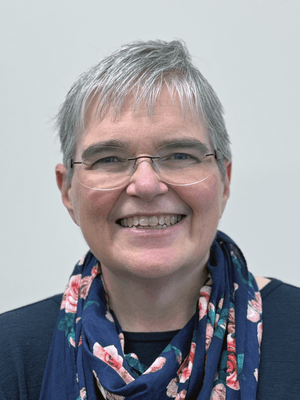
Sarah Russell
I am the regional representative for TIAFT in New Zealand. My career as a forensic toxicologist at PHF Science started a few years ago. However, I still enjoy the variety of work and the opportunities that being a forensic toxicologist has brought me over the years – the case work, the research into new techniques and new drugs, being a quality assessor, the chances to communicate science and mentor the next generations. TIAFT conferences are always a highlight with excellent science, camaraderie, and new places and experiences to explore. I have found everyone so friendly and helpful in this field. Two things I enjoy doing in Auckland are: 1. Rangitoto Island - A place with hiking fabulous views and birdlife only 30 minutes form Auckland by ferry from the CBD. 2. MOTAT (Museum of Transport and Technology) - Where you can immerse yourself in a myriad of science activities. I might be slightly biased for this one as my uncle volunteered there for many years. This also is only a short bus ride from Auckland CBD
